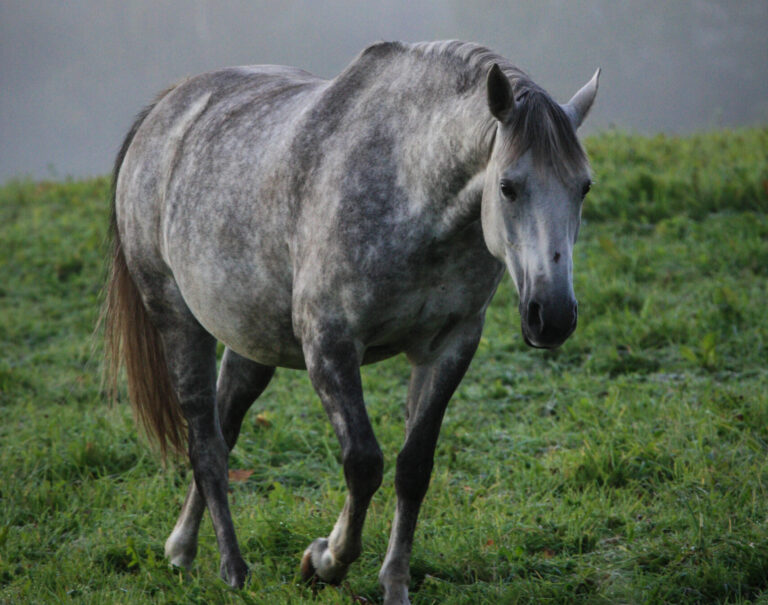
Equine infectious anemia (EIA) is an untreatable blood-borne viral disease in horses. It has been detected and controlled in the United States since the 1970s using a diagnostic assay called the Coggins test. Over time, the prevalence of EIA in the U.S. had fallen to very low levels. It affects an estimated 0.004% of the horse population. Historically, EIA-positive horses were primarily found in untested or undertested equine populations where natural transmission by biting flies occurred within individual herds. Since 2017, a new high-risk population for EIA infection has emerged: current or former Quarter Horse racehorses, many with ties to unsanctioned (bushtrack) racing.
The primary method of spread in this population is the human-facilitated transfer of EIA-contaminated blood or blood products from infected to uninfected horses. This is called iatrogenic transmission. It is completely preventable through basic hygiene and biosecurity measures. Common methods of iatrogenic transmission include:
- Re-use of needles, syringes or intravenous administration equipment between horses;
- Blood-contamination of multi-dose vials of injectable medication;
- Illegal importation of blood or plasma products from other countries; and
- Direct blood transfusion between horses for the purpose of increasing athletic performance (blood-doping).
These unhygienic practices can also spread other blood-borne diseases between horses, such as equine piroplasmosis (EP). To prevent further spread, current Quarter Horse racehorses should be regularly tested for both EIA and EP throughout their racing career. If you own current or former Quarter Horse racehorses and you don’t know their status for these diseases, you should work with your veterinarian to test for EIA and EP.
Learn more about EIA at www.aphis.usda.gov.
Read or listen to more about EIA and piroplasmosis here:


![[Aggregator] Downloaded image for imported item #18216](https://s3.amazonaws.com/wp-s3-equimanagement.com/wp-content/uploads/2025/09/30141837/EDCC-Unbranded-8-scaled-1-768x512.jpeg)

